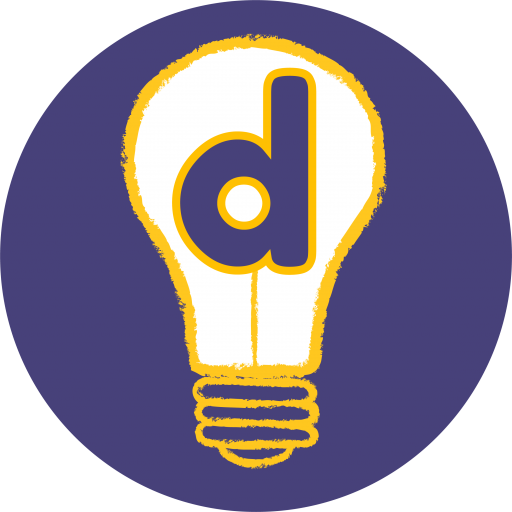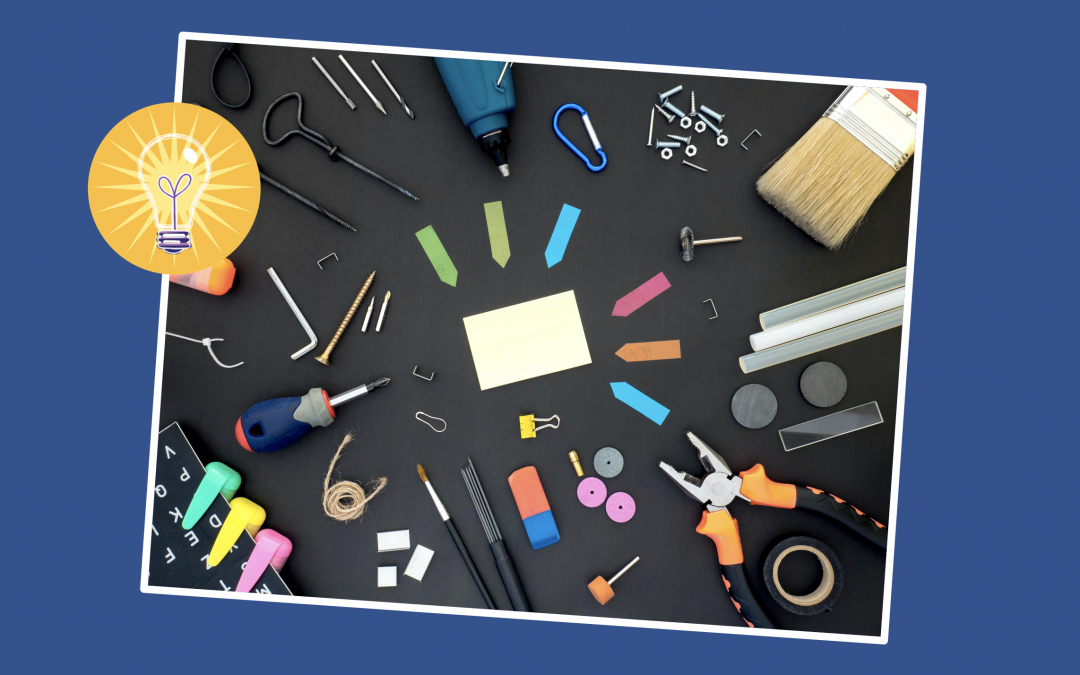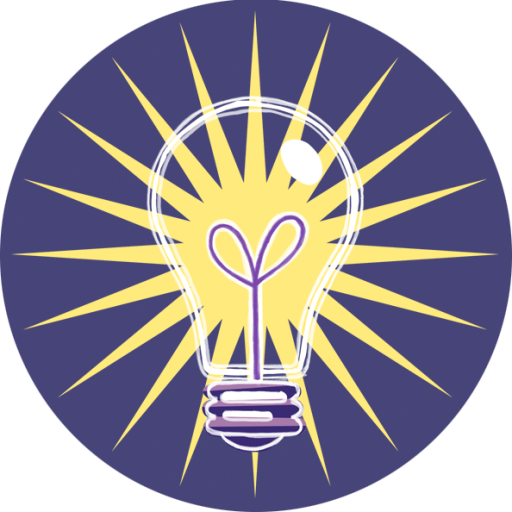A surgeon has tools, a builder has tools. And learning theories are some of the most powerful tools a learning designer can use to build learning experiences.
Different learning designers will prefer different theories, and that’s absolutely fine. The important thing is that a programme of formal learning is informed by one or more learning theories.
But why, I hear you ask? Aren’t theories really abstract and boring?
Nope. Let me explain.
Learning is complex, and there is no single agreed definition of what learning is, or how it happens. This is why there are many different ‘theories’ about how we learn.
Some theories are highly practical, and some are more conceptual. But every learning theory provides us with a way of understanding how to design effective learning experiences. Let’s have a look at some of the most useful theories for learning design.
Four key learning theories
Threshold concepts: suggests that every subject has core concepts that learners find difficult. These concepts won’t be the same for every learner, but they could be. For example, some threshold concepts in Photography might be aperture, or depth of field. In baking, it could be texture or flavour combinations. In physics, it might be radiation or black holes. Thinking about the threshold concepts in a subject can help us structure the learning design around these concepts.
Social constructivism: proposes that learning happens through social interaction with other people. While we can learn some things by ourselves, we often need the help of a ‘more knowledgeable other’ to learn more difficult things. This person could be a teacher, but it could also be another learner, a friend or stranger – it just has to be someone with more knowledge of the thing we’re trying to learn. We can use social constructivism to design learning activities that require learners to talk with each other and solve problems together.
Experiential learning: proposes that we learn by experiencing something, then reflecting on the experience. This enables us to determine what we could do next time we are in the same, or a similar, situation. By viewing learning in this way, we can design learning experiences that take learners through a cycle of acting, experiencing and reflecting.
Facilitation theory: argues that if we want someone to learn and change, we have to pay close attention to our attitude and our expectations. We have to be genuine, we must empathise with our learners’ prior experiences, and we must accept them as they are. We must also believe in them and in their ability to succeed. In doing so, we are more able to design learning experiences that match our learners’ needs and expectations.
These are just four examples of theoretical tools that can help us design and structure effective learning experiences. There are many more, and I encourage you to explore them – some excellent books are Learning Theories Simplified by Bob Bates, and Understanding Learning Theories by Karl Aubrey and Alison Riley.
As a learning designer, you need your own toolbox of theories. Keep exploring until you find ones that help you make sense of the complexity of learning. Then use those theories to inform and underpin how you design learning experiences.
You might also like:
Photo by Dan-Cristian Pădureț on Unsplash



Trackbacks/Pingbacks